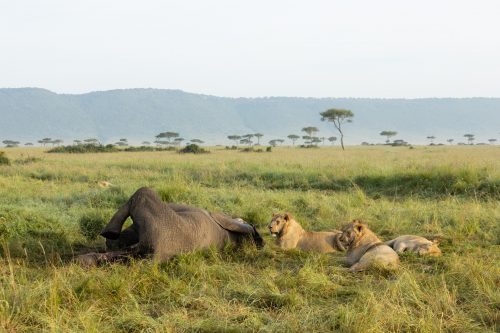
A year ago, I wrote about the mystifying breed of people (myself included) that are wildlife photographers. I tried to explain why we don’t get bored and what it is about nature that keeps us coming back for more. Having been in the industry for 15 years, it still captivates me and there are still so many unknowns and unseens. Another year has gone by for me without seeing a pangolin or an aardvark. That in itself fuels me, incentivising me to keep looking. At some stage, I will find these unicorns.
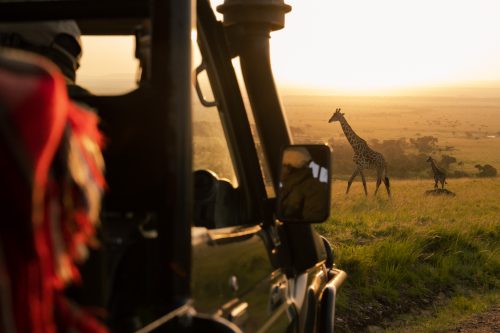
While I wait, I am perfectly content exploring the grasslands of the Mara seeking out treasures, experimenting with new ways to photograph them, and following up on the daily dramas and sagas that unfold in this animal world.
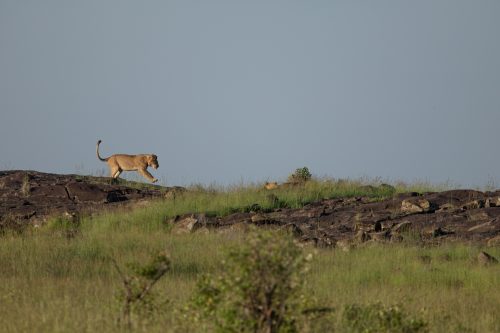
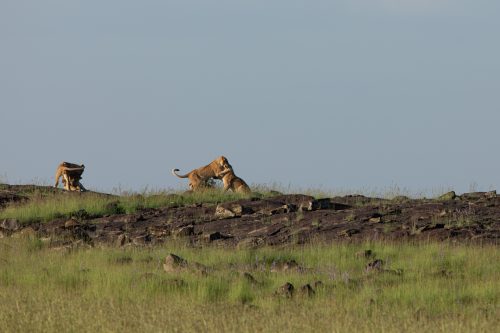
My approach here in the Mara has always been to try to capture animals in their landscapes and to create imagery that portrays time and change. Out here in the wilderness, there is a natural cycle that is continually unfolding, driven by rain.
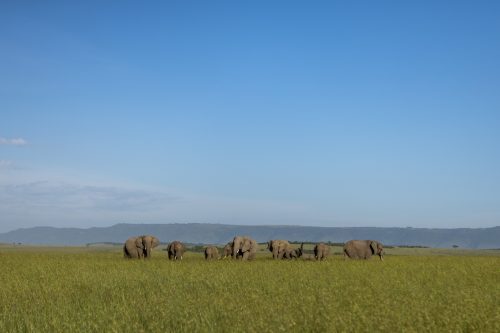
We had a dry start to the year, before the heavens opened up later than usual, resulting in a much wetter than normal February. However, over the last week, these rains have abated. The daily temperatures are now rising, and so, too, are the grasses. Scenically, this is one of the most beautiful times of the year in the Maasai Mara. The large swathes of gold and green grasses are nearly devoid of tourists. In essence, you have the magnificent Triangle to yourself. Of course, you have to work that little harder to find animals, but that makes the sightings extra special and more rewarding.
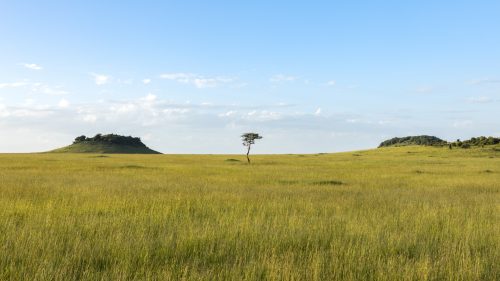
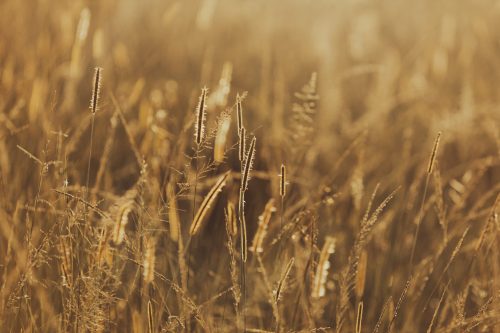
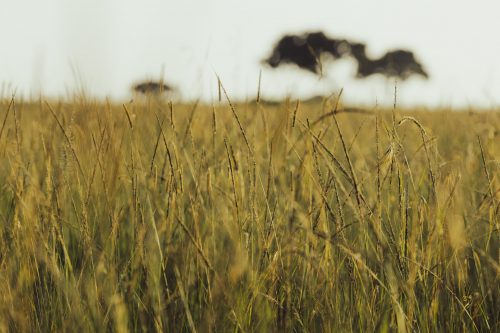
Believe it or not, the sunrises are even more extraordinary at this time of year. First thing in the morning, the lighting is magical and there are photographic opportunities in all directions.
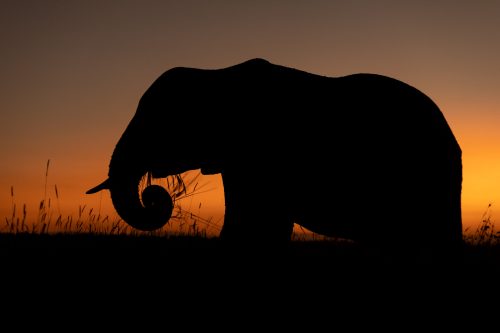
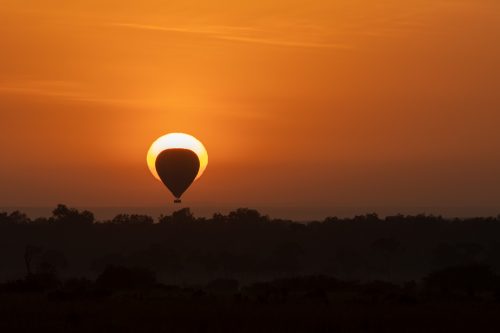
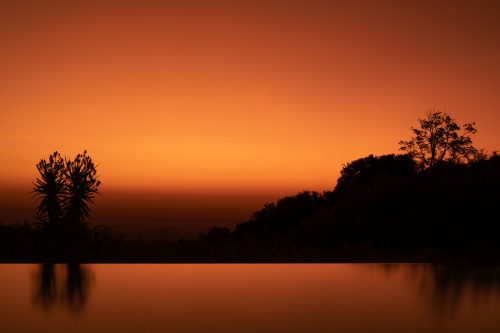
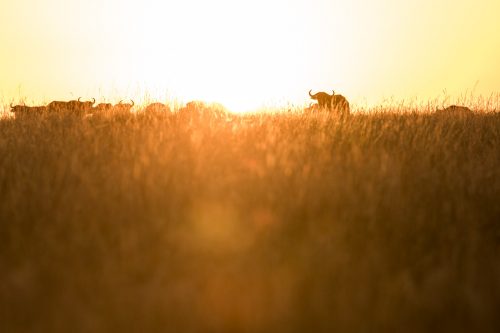
It can be a tough time for predators as prey animals naturally move towards the shorter grass areas. This forces the big cats out of their territories — it also forces a lot of animals right onto the road.
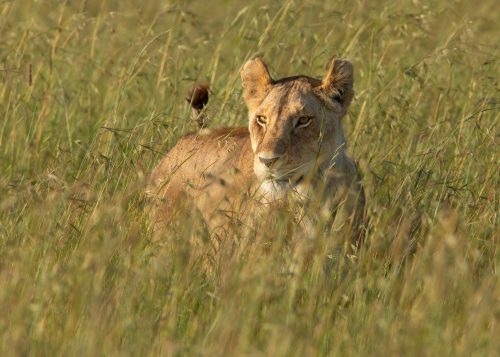
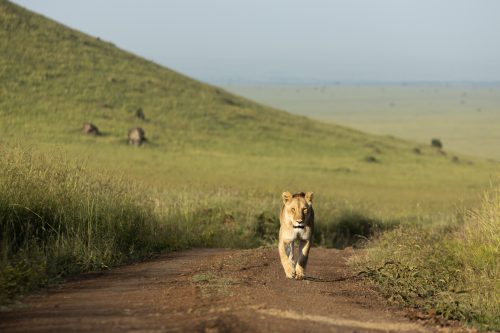
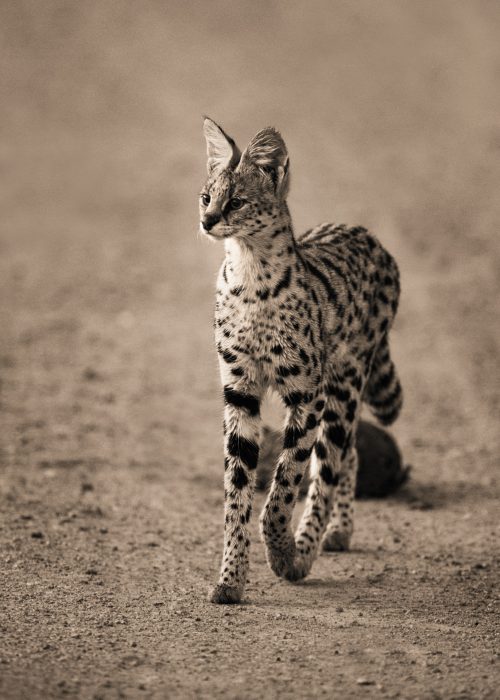
A feast was presented to the carnivores of the Mara in the shape of the biggest land mammal — an African elephant. From our understanding, a middle-aged elephant died of natural causes. Its tusks were removed by the Mara Conservancy and the Kenyan Wildlife Service and the rest of it is quickly being dealt with by six Nyati males. Vultures, jackals and a host of other animals will be well fed from this elephant, and the circle of life continues.
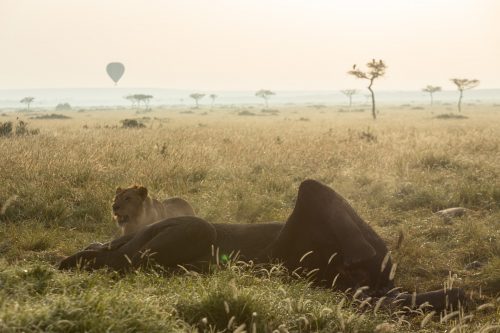
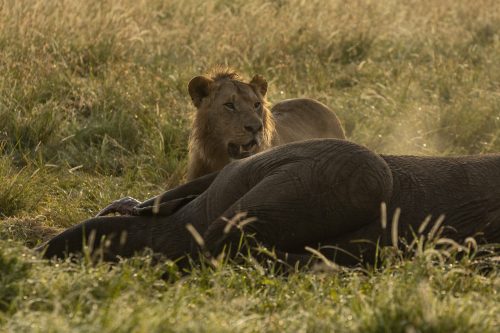
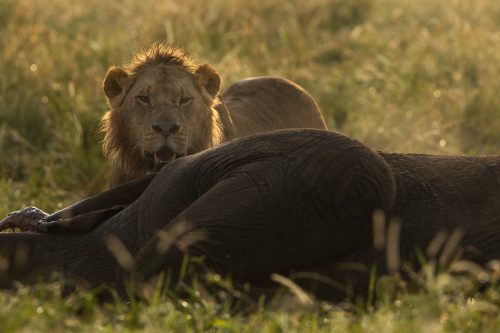
The birdlife, year-round, is superb in this part of Africa, and very soon we will be welcoming the migrants as they start heading north, leaving the southern throws of Africa and trying to get up to Europe by early June. The skies above, in the weeks ahead, promise to be rich with storks and raptors who make the epic journey.
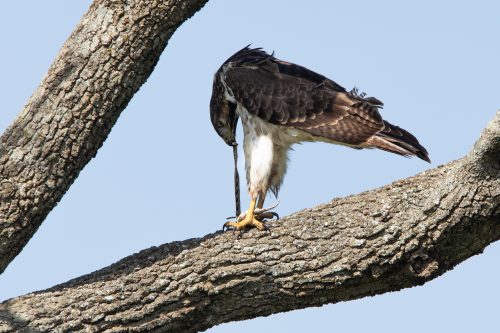
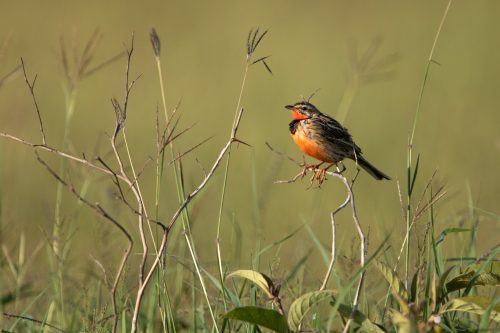
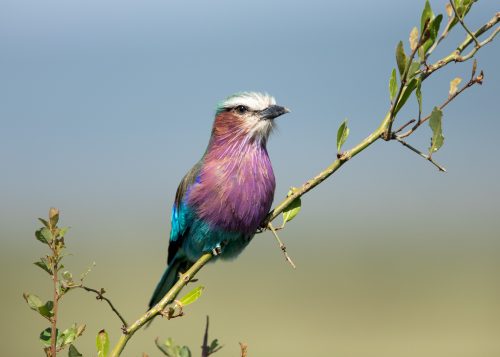
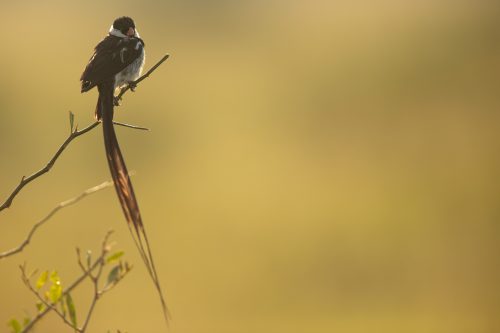
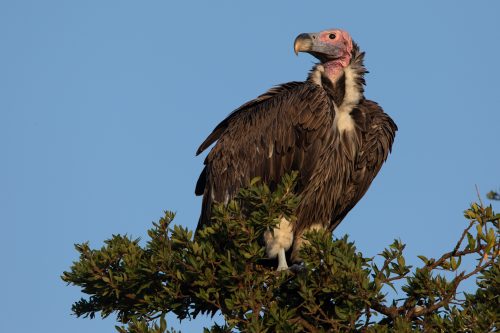
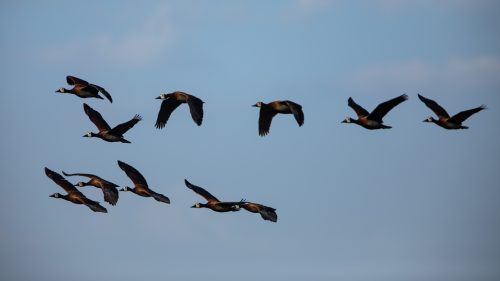
Back at camp, the smiles of the Angama family continue to radiate through everything we do. It’s been a busy and exciting week of birthdays, anniversaries and even weddings. Can there be a better place on earth to celebrate a special occasion?
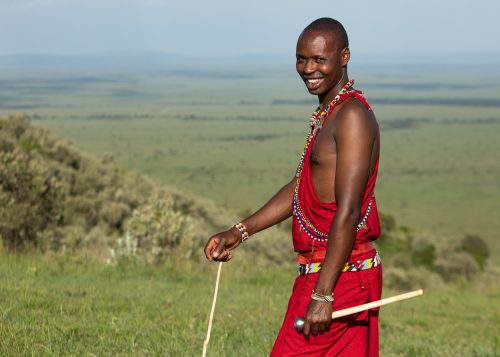
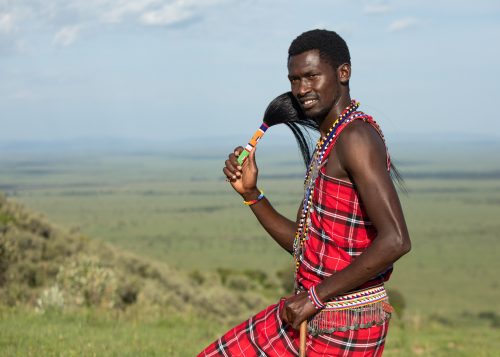
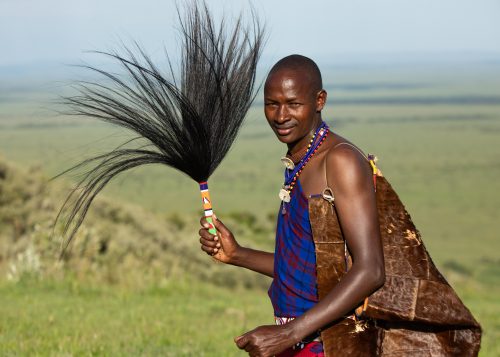
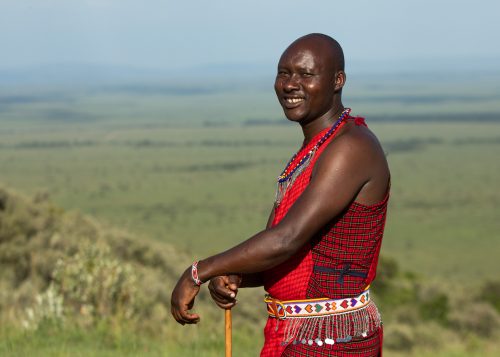
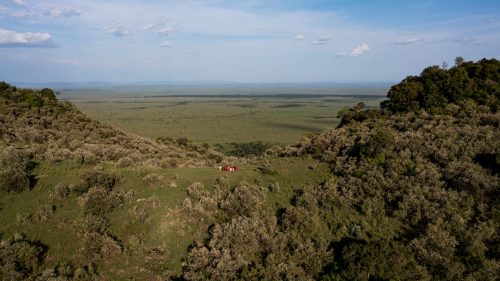
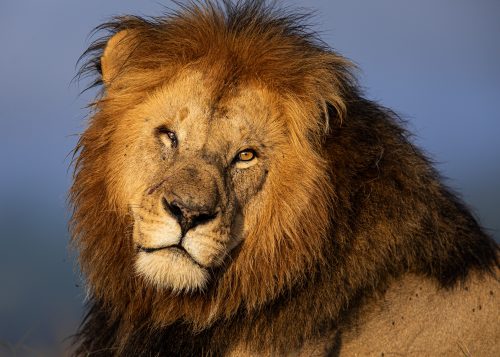
The Bila Shaka Males arrived in the Mara Triangle about two years ago. A year ago, we watched as they methodically moved up the western river banks until they settled in the area once controlled by the two Kichwa males. Besides the fact that there are five males in this coalition, they appear to have settled in a relatively small area — not casting their net as far and wide as we had anticipated. Here, Chongo, the beautiful male, is easily identified by his one smaller/blind eye. How will the next year shape up for this coalition?
Filed under: This Week at Angama
Subscribe for Weekly Stories
Comments (0):
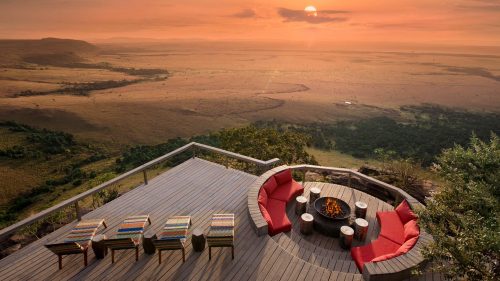
Angama Image Gallery